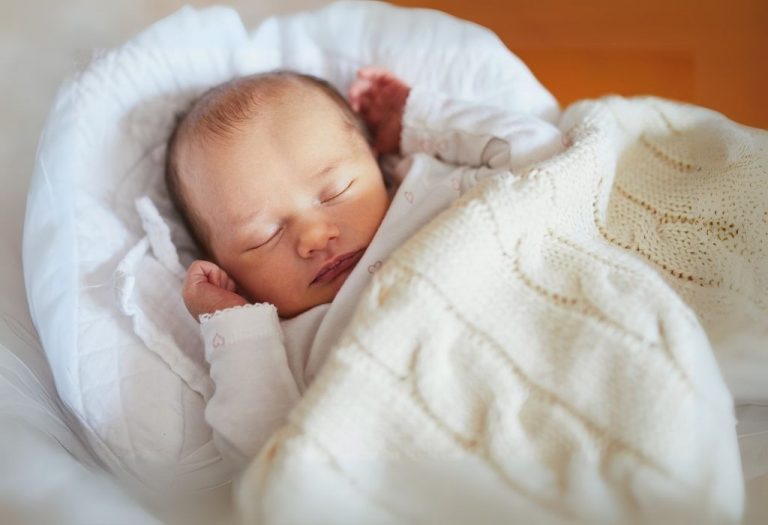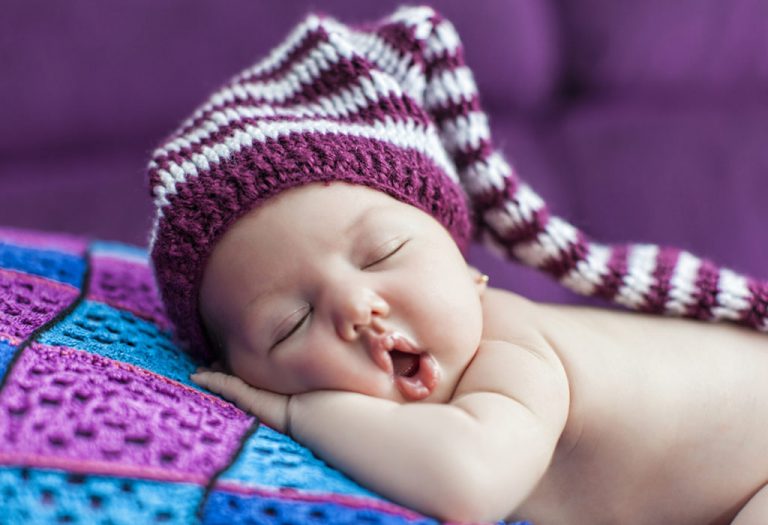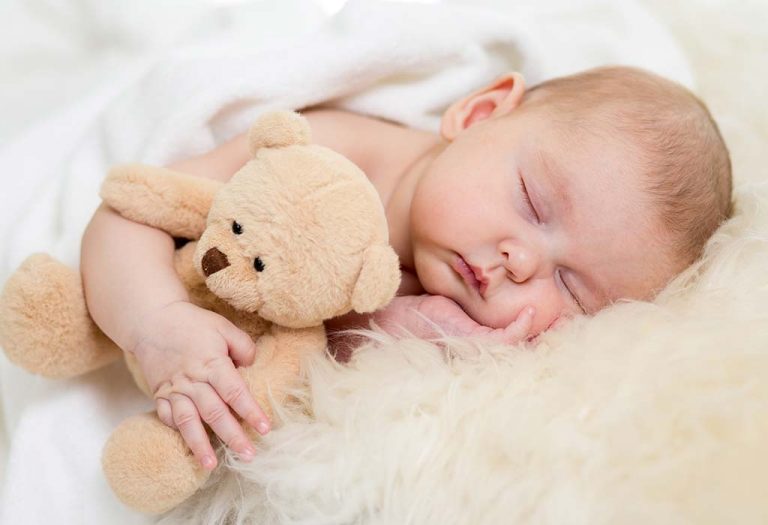When Can Babies Sleep With a Blanket
There’s nothing cosier than snuggling up under a warm blanket, but when it comes to babies, that soft, fluffy comfort can actually be a safety hazard. Blankets might feel like a natural addition to your baby’s sleep routine, yet they can pose risks if introduced too early. As new parents, you’ve probably wondered, When can a baby sleep with a blanket? The answer isn’t as simple as “whenever they look cute enough to cuddle.” So, when can your baby finally snuggle up with a blanket?
In this article, we’ll break down the safest time to introduce a blanket, why it matters, and what to use in the meantime. So, before you start knitting a baby-sized comforter, keep reading; you might be surprised by what you learn!
Is It Safe for Babies to Sleep With Blanket?
As a parent, you want your baby to be warm and comfortable at night, but is it safe to tuck them in with a blanket? The short answer is not yet. Babies under the age of 12 months cannot move objects away from their faces, which means a loose blanket could accidentally cover their nose or mouth, restricting airflow and leading to suffocation. While blankets might seem like a cosy necessity, they can pose a serious risk to infants, increasing the chances of suffocation and sudden infant death syndrome (SIDS) (1) (2).
When Can Babies Start Sleeping With Blankets?
The American Academy of Pediatrics (AAP) recommend waiting until at least 12 months, ideally closer to 18 months, before introducing a blanket. By this age, most babies have developed enough motor skills to move objects away from their faces, reducing the risk of suffocation.
Other Ways to Keep Your Baby Warm Without Using Blanket
There are safer alternatives to keep your little one warm without worrying about suffocation hazards. Here are some baby-safe ways to ensure your child stays snug all night.
1. Dress Baby in Layered Sleepwear
Opt for breathable, layered clothing like pyjamas or a onesie with a sleep sack. Layers trap warmth without overheating and you can easily add or remove them based on room temperature (3).
2. Keep the Room at a Comfortable Temperature
A slightly cool room (between 68-72°F or 20-22°C) is ideal for baby sleep. Use a room thermometer to monitor the temperature and adjust clothing accordingly (4).
3. Use a Sleep Sack
Sleep sacks are a game-changer! They provide warmth without the risk of loose fabric covering your baby’s face. Choose a size-appropriate, well-fitted sleep sack for safe and cosy sleep.
4. Use a Fitted, Warm Crib Sheet
Flannel or fleece crib sheets add a layer of warmth to your baby’s sleep environment without the risks associated with loose bedding. Just make sure the sheet fits snugly around the mattress.
5. Try a Warm Bath Before Bed
A warm bath before bedtime can help regulate your baby’s body temperature and keep them warm as they drift off to sleep (5). Plus, it’s a great part of a calming bedtime routine!
Safety Sleep Guidelines for Baby
Getting your baby to sleep safely is all about creating a secure environment that reduces the risk of sudden infant death syndrome (SIDS). With so much advice out there, it can be overwhelming to know what’s best. Don’t worry! Here are some essential, expert-backed guidelines to help your little one snooze safely.
1. Always Place Baby on Their Back
The safest sleeping position for babies is on their back—every nap, every night. This reduces the risk of SIDS significantly. Even if your baby starts rolling over, continue placing them on their back when you lay them down (6).
2. Use a Firm, Flat Mattress
A soft, cushy bed might seem comfortable, but babies need a firm, flat mattress to sleep safely. Avoid pillows, memory foam, or mattress toppers, as they can increase suffocation risks (7).
3. Keep the Crib Bare
Less is more when it comes to your baby’s sleep space. Skip the stuffed animals, bumpers, and blankets. A fitted sheet is all they need; anything else can pose a suffocation hazard (8).
4. Share a Room, Not a Bed
The safest place for your baby to sleep is in a crib or bassinet in your room, ideally for the first six months to a year. While co-sleeping might seem convenient, bed-sharing increases the risk of accidental suffocation (9).
5. Offer a Pacifier at Sleep Time
Studies suggest that giving your baby a pacifier at bedtime and naptime can help reduce the risk of SIDS. If they don’t want it, no problem, just don’t force it. And if it falls out after they fall asleep, there’s no need to put it back in (10).
FAQs
1. How do I know if my baby is too cold without a blanket?
Feel the back of your baby’s neck or tummy to check. If their skin feels cool, add an extra layer of sleepwear or use a thicker sleep sack. Avoid relying on cold hands or feet, as those are often normal for babies.
2. Can I use a swaddle instead of a blanket?
Swaddling is a safe option for newborns who haven’t started rolling yet, as it keeps them warm and snug. Once your baby begins to roll over (typically around 3-4 months), it’s time to stop swaddling to avoid safety risks (11).
3. What should my baby wear to sleep in colder months?
In colder months, dress your baby in layered clothing such as a long-sleeved onesie, footed pyjamas, and a fleece sleep sack. Keep the room temperature comfortable (68-72°F or 20-22°C) to avoid overheating.
4. Can I use a light muslin blanket for my baby at 6 months?
No, a baby sleeping with a blanket at 6 months is not recommended, not even a light muslin blanket.
While blankets are a no-go for young babies, there are plenty of safe ways to keep them warm. Once your child reaches toddlerhood, you can introduce a lightweight blanket, but until then, sticking to sleep sacks and warm pyjamas is the safest choice.
References/Resources:
1. Sleep Foundation – When Can Your Baby Sleep With a Blanket?
3. American Academy of Pediatrics – How to Keep Your Sleeping Baby Safe: AAP Policy Explained
4. Safe Sleep Academy – How do I keep my baby safe and warm?
5. National Library of Medicine – A Warm Bedtime Bath Can Help You Cool Down And Sleep Better
6. NHS – Reduce the risk of sudden infant death syndrome (SIDS)
8. Nemours KidsHealth – Preventing Suffocation
9. Nemours KidsHealth – Sleep and Your 1- to 3-Month-Old
10. PubMed – Do pacifiers reduce the risk of sudden infant death syndrome? A meta-analysis
11. American Academy of Pediatrics – Swaddling: Is it Safe for Your Baby?
Also Read:
Baby Sleeping on Side
Baby Sleeping On Stomach
Can Babies Sleep With a Pillow?
Bedtime Schedule for Infants
Mustard Pillow (Rai Ka Takiya) for Babies
Sleeping Positions for Your Newborn Baby
Was This Article Helpful?
Parenting is a huge responsibility, for you as a caregiver, but also for us as a parenting content platform. We understand that and take our responsibility of creating credible content seriously. FirstCry Parenting articles are written and published only after extensive research using factually sound references to deliver quality content that is accurate, validated by experts, and completely reliable. To understand how we go about creating content that is credible, read our editorial policy here.






















